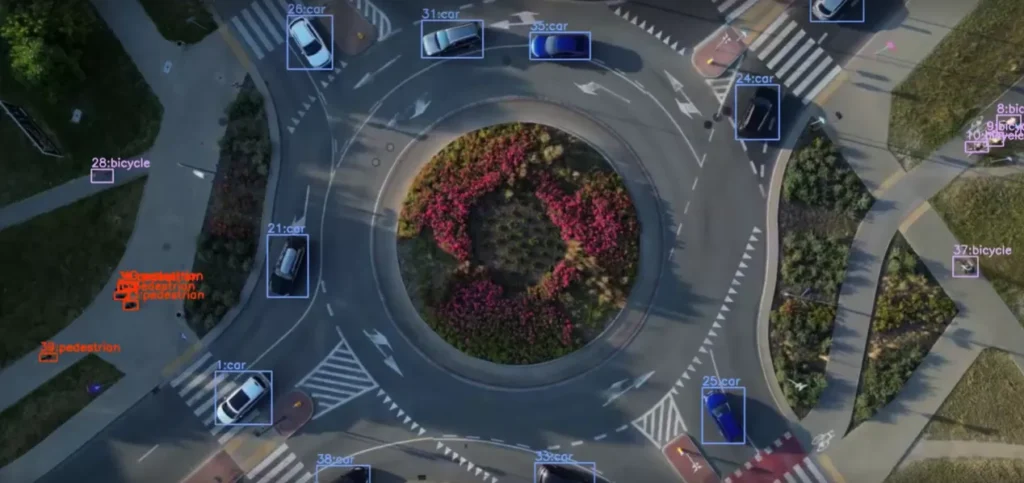

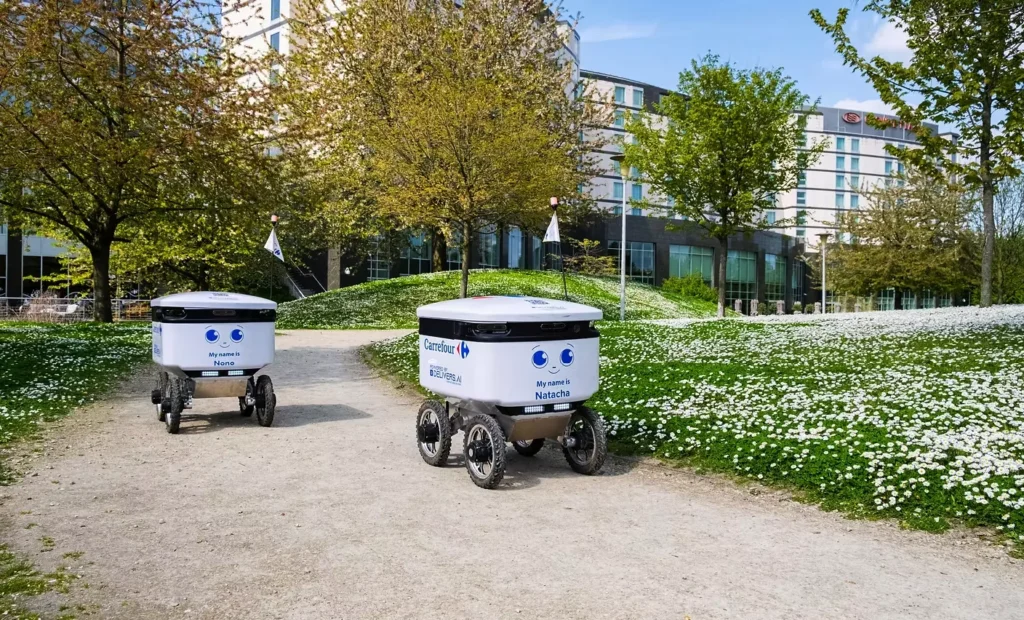
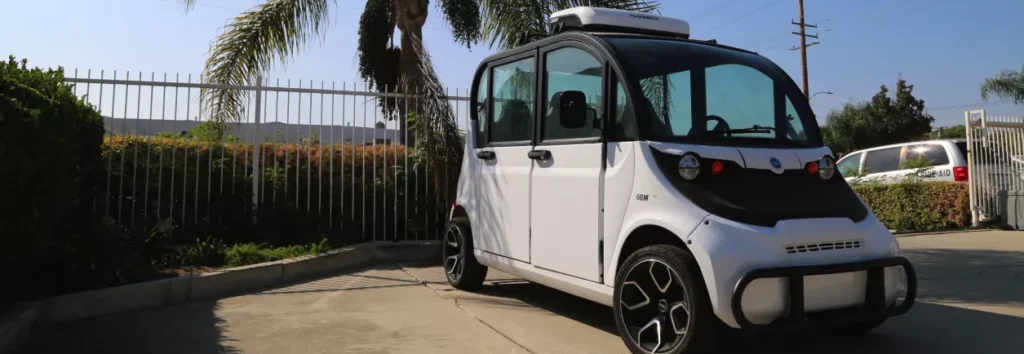
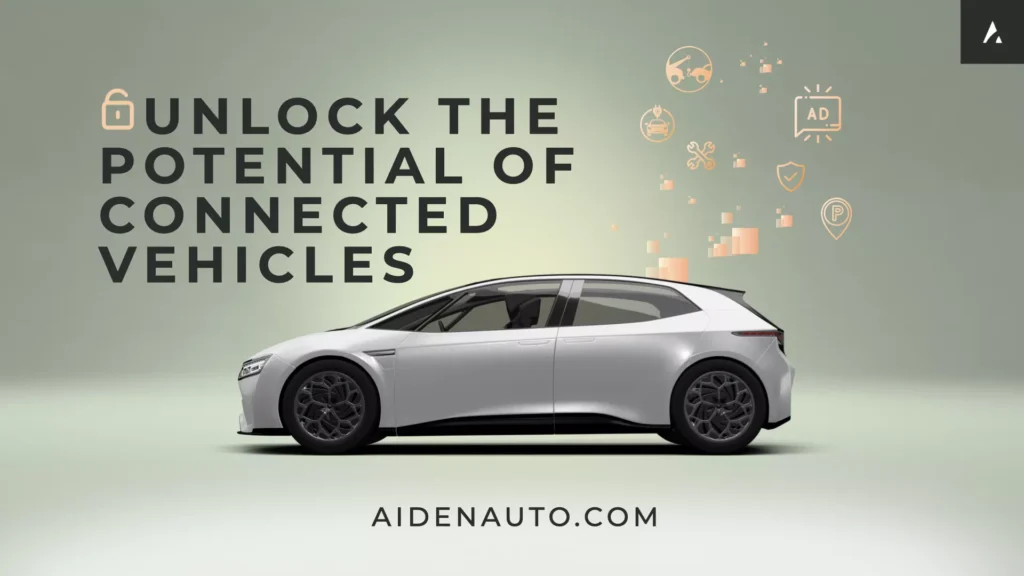





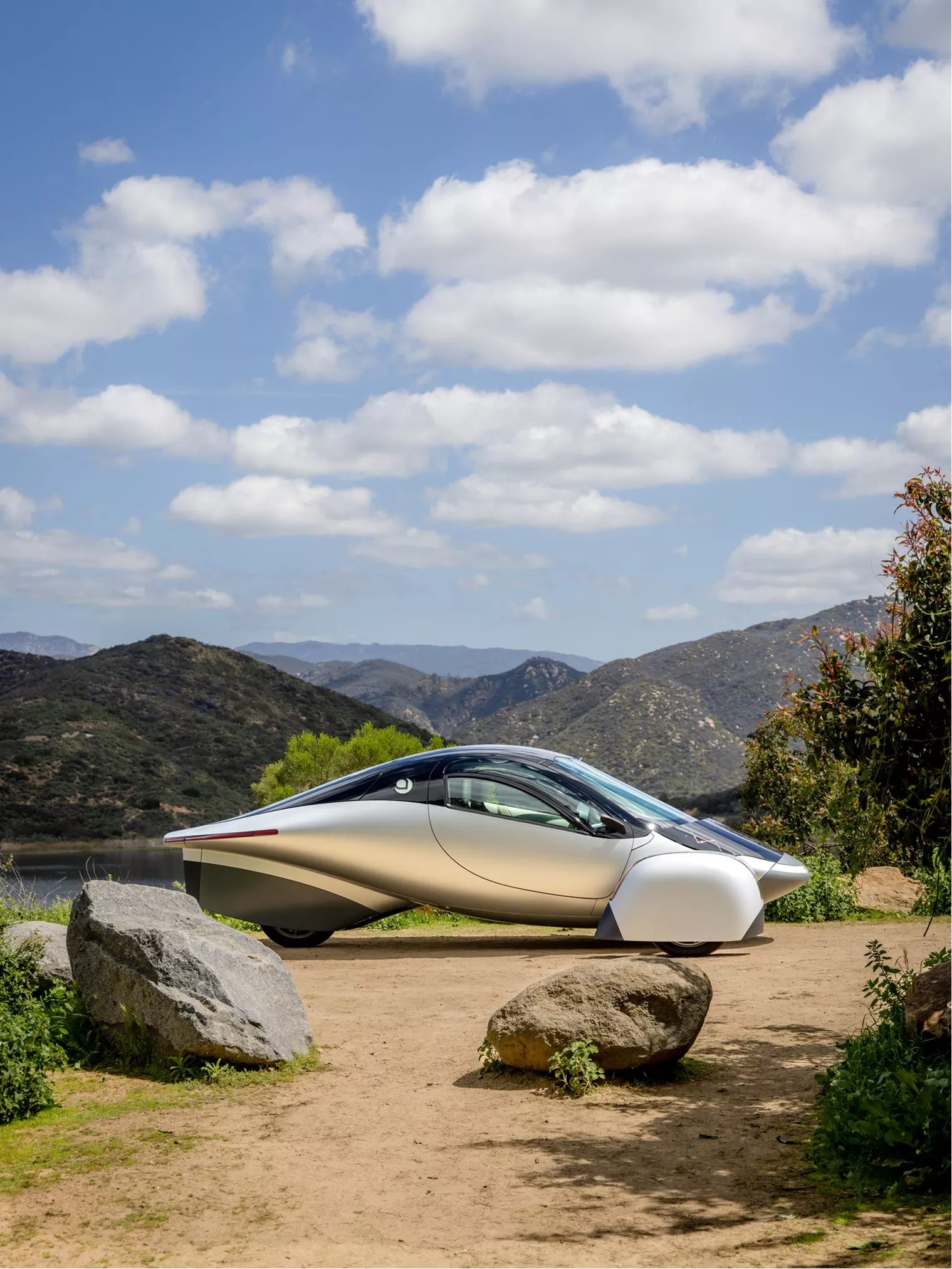
From EVs and batteries to autonomous vehicles and urban transport, we cover what actually matters. Delivered to your inbox weekly.
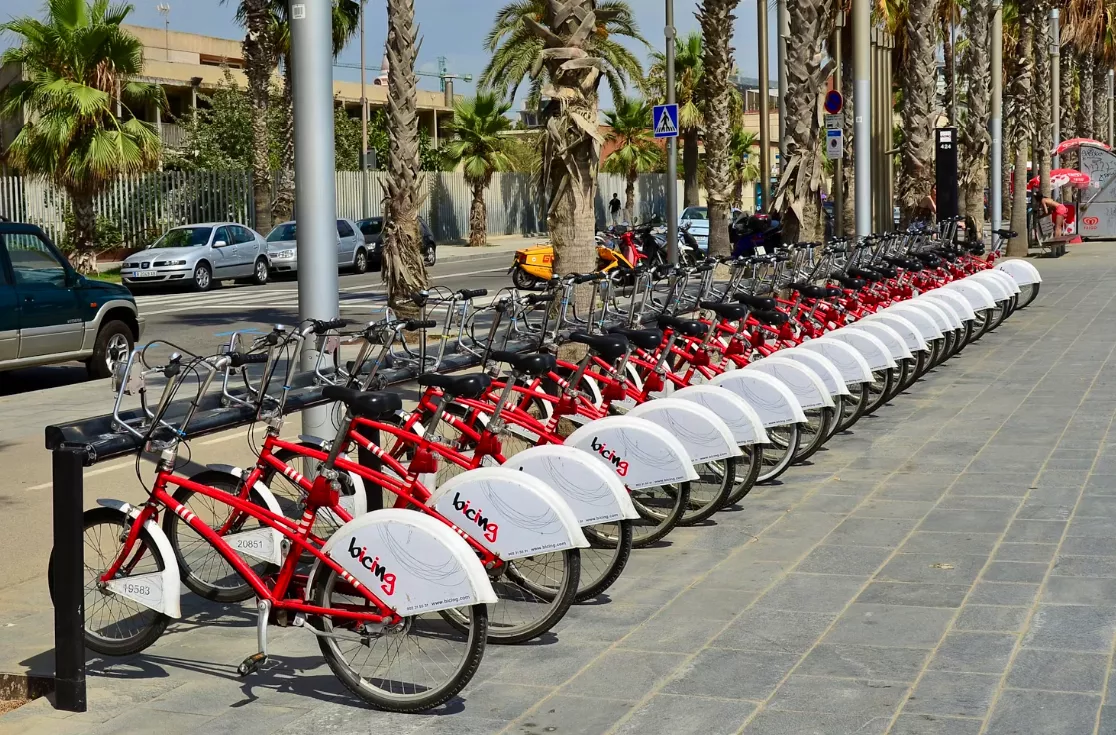
Mobility as a Service is no longer a futuristic buzzword. It’s reshaping how we move, spend, and think about car ownership.
In cities around the world, fewer people are buying cars, and more are asking: why own a vehicle when you can access one whenever you need it — minus the maintenance, parking, and cost?
Rising urban density, increased vehicle costs, not-so-much increased wages, climate goals, better tech, and changing consumer values are all pointing in the same direction: the age of default car ownership may be ending. In its place? Seamless, app-based transport options bundled into flexible subscriptions.
This article explores what’s driving that shift, what mobility-as-a-service (MaaS) really means, and why cities — and drivers — are rethinking the very idea of owning a car.
Let’s find out more.
Mobility-as-a-Service (MaaS) is a model where different transport services — public transit, bikes, scooters, ride-hailing, car-sharing — are combined into a single, easy-to-use platform. Instead of juggling apps or buying separate tickets, users get one interface to plan, book, and pay for their entire trip.
So, what is a good MaaS example?
Take Whim in Finland: users pay a flat monthly fee and get access to buses, trains, taxis, rental cars, and bikes — all in one app. No car ownership required.
Another example is WiBLE in Spain, offering pay-per-minute car sharing via app-based booking.
At its core, MaaS turns transportation into a subscription service. Think Netflix, but for getting around. You choose a plan that fits your lifestyle, and everything you need is included. No more worrying about insurance, parking, fuel, or repairs.
In short:
MaaS = one app, one payment, any transport.
To work well, a mobility-as-a-service system needs more than just a nice app. These are the four key components that make it click.
🚉 Multimodal integration
Different transport modes — buses, trains, scooters, taxis, car shares — all work together seamlessly. One platform, endless combinations.
💳 Single-payment system
Instead of paying each provider separately, users pay once (either per trip or via subscription). Simpler, faster, no surprises.
📍 Real-time data & journey planning
Live updates on delays, availability, traffic, and more. Users can plan trips based on current conditions, not guesswork.
♿ Accessibility & flexibility
MaaS should be available to everyone — regardless of age, income, or ability. Plus, it must adapt to changing needs: daily commutes, one-off trips, or spontaneous plans.
Car ownership used to be a ticket to freedom. Today, it feels more like a burden — expensive, inefficient, and increasingly unsustainable. That’s where mobility-as-a-service steps in, solving real-world problems with more flexible transport.
Here’s why the shift is happening right now.
The transportation sector is one of the biggest polluters on the planet, accounting for approximately 13.7% of global CO₂ emissions. Cities and countries are scrambling to hit net-zero targets — and MaaS is a tool they can’t ignore.
Instead of everyone owning a car, MaaS encourages shared rides, electric fleets, and integrated public transport.
It’s a practical way to cut emissions without asking people to give up mobility.
The numbers are brutal: the average car sits parked over 95% of the time, yet it still takes up valuable road and parking space. Add in the fact that urban populations are growing, and you’ve got a recipe for total gridlock.
MaaS flips the model — fewer vehicles, more movement. One shared car or scooter can serve dozens of people in a single day, helping cities reclaim space and keep traffic flowing.
Why now? Because the tech finally works. Real-time GPS, open APIs, mobile payments — all the pieces are in place to make seamless, app-based transport a reality.
Platforms like Whim, Moovit, and Uber already integrate multiple transport modes into a single interface. No more switching between apps or figuring out tickets — it’s all in one place.
From insurance to fuel to maintenance, the total cost of owning a car is often more than $10,000 a year — and that’s before depreciation kicks in.
MaaS offers an alternative: pay only when you move. Whether it’s a subscription, a bundled package, or pay-per-ride, the flexibility of MaaS appeals to users who value convenience and control over commitment.
MaaS doesn’t happen by accident. It takes serious coordination between private tech platforms and public transit systems to pull it off.
And that’s where mobility-as-a-service companies step in.
Private players bring the speed: startups and platforms like Whim, Moovit, and Uber are building the apps, stitching together transport modes, and delivering seamless UX. They’re the ones figuring out how to combine real-time data, payment systems, and route planning into one smooth ride.
But without public transit? It all falls apart.
That’s why the public sector is just as crucial.
Cities like Helsinki, Vienna, and Singapore have opened up APIs, partnered with private apps, and even co-designed services. The most successful mobility-as-a-service companies aren’t going solo — they’re working hand-in-hand with transit authorities to make MaaS click.
Forget the hype. The companies that win in this space are the ones that understand that their goal is to upgrade the public transport, not replace it.
From Europe to Asia to North America, these real-world examples show how MaaS platforms are replacing personal cars with smarter, more connected transport.
Whim, launched by MaaS Global, is one of the first real MaaS apps in the world. In Helsinki, users can mix and match public transport, taxis, rental cars, and e-scooters — all from one subscription. The app offers several monthly plans, including one that fully replaces car ownership.
And the results? Real behavior change.
Whim users take 73% of their trips via public transport — far above the city average of 48%. Other reports show that 97% of trips made through Whim use sustainable modes like transit, walking, or biking. The upshot: fewer cars on the road, more people getting around smarter.
Backed by Kia and Repsol, WiBLE launched with a fleet of plug-in hybrid Kia Niros and a model that’s built around free-floating car sharing. Users unlock and drive cars via the app, pay by the minute or hour, and park anywhere in the service zone — including restricted low-emission areas.
With over 200,000 users and consistent usage in Madrid’s densest areas, WiBLE shows how MaaS scales in car-heavy cities.
Moovit, now owned by Intel, is a mobility platform that integrates public transport schedules, real-time arrivals, bike-sharing, ride-hailing, and micro-mobility options into one interface.
It’s active in more than 3,500 cities across 112 countries, with over 1.7 billion users worldwide. Moovit partners with local governments and transit operators, proving MaaS can go mainstream — even in cities with aging infrastructure.
Move PGH is a public-private MaaS project integrating public transit, bikes, scooters, and car sharing into a single system through the Transit app. Backed by the city and partners like Spin and Zipcar, the goal is simple: reduce reliance on private vehicles.
The program has focused on equitable access, including low-income options and strategically placed mobility hubs. It’s a solid blueprint for US cities trying to shift away from car-first planning.
MaaS might look sleek on the surface, but under the hood? It’s messy. Real-world blockers decide whether it scales or stalls.
MaaS often moves faster than governments can legislate. Who sets the rules when multiple private companies and public agencies are involved? Who’s accountable if a multimodal trip goes sideways?
Cities like London and Helsinki have made progress by creating MaaS-specific regulatory frameworks, but most cities are still playing catch-up. Without clear guidelines on licensing, liability, and service standards, MaaS players are stuck in legal limbo — unable to launch, expand, or integrate effectively.
The fix? Cities need to stop treating MaaS as an afterthought. Build regulatory sandboxes, bring in providers early, and create unified policies that prioritize interoperability over turf wars.
MaaS depends on data — real-time location, payment history, personal preferences. But who owns that data? And how is it being used?
The lack of standardized data-sharing protocols makes it hard for public and private players to collaborate without stepping on each other’s toes. Worse, users are often left in the dark about how their data is stored, shared, or monetized.
The solution: Establish clear governance models for data ownership, with strict privacy controls and transparent user consent baked into every app. Look to models like Mobility Data Specification (MDS) for technical guidance that balances utility and ethics.
Old habits die hard. For many, car ownership still feels like freedom. Shifting people to shared, subscription-based transport means breaking decades of auto-centric culture.
The fix? Design smarter. When MaaS is more convenient, more affordable, and more flexible than car ownership, behavior starts to shift. But that takes relentless UX work and a ton of real-world testing.
Car ownership isn’t vanishing overnight, but the grip it’s had on daily life? That’s loosening fast.
Why? Start with the price tag. In many places, buying a new car is no longer a middle-class milestone, but a luxury. The average new vehicle in the U.S. now costs over $47,000, while in Europe, EV adoption is driving prices even higher.
Add in financing costs, insurance, maintenance, and fuel, and suddenly that sense of “freedom” comes with a serious bill. For a generation facing high rents and stagnating wages, owning a car often feels out of reach.
Now consider the alternatives: shared mobility, on-demand rides, and subscription transport. Need a car for the weekend? Done. Need a bike for your commute? It’s there. Mobility-as-a-service platforms are offering access without the baggage — and users are responding.
Private ownership isn’t going extinct. Some will always want the keys in their pocket and the vehicle in their driveway. But the numbers are telling: younger generations are delaying or skipping car ownership altogether, especially in cities with good transit and MaaS options. The shift is gradual, but it’s real.
The future? It’s flexible. Instead of buying a car you barely use, you buy mobility that fits your life.
Cleaner air. Less traffic. Smarter ways to move. If that’s the goal, Mobility-as-a-Service is the way forward.
Transport is responsible for nearly 25% of global CO₂ emissions — and cities are feeling the heat. Mobility-as-a-service tackles that head-on by making public transit, shared EVs, and active travel the easy choice, not the compromise.
The real goal is making movement effortless: real-time updates, one-tap payments, and total flexibility, all in one app.
More roads won’t fix gridlock. But better access will. MaaS unlocks what cities already have — trains, buses, bikes, sidewalks — and puts them to work, smarter and faster.
Cities that back MaaS now? They’ll be the ones people actually want to live in next.
The question is: will yours be one of them?